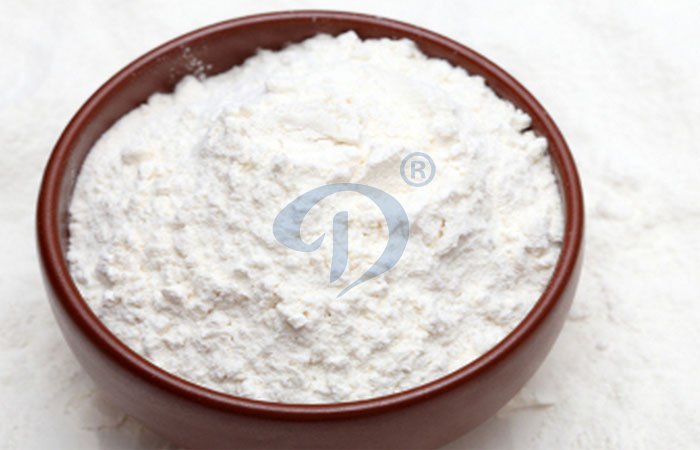What is the difference of grain starches and root and tuber starches?

Cassava starch
Starches can vary widely in terms of how quickly they thicken, how much they thicken, the quality of the thickening, and their flavor after thickening. Choosing one starch over the other means understanding the properties of that individual starch and how it will behave in your food.
The majority of the starches we use in cooking come from either grains or from roots and tubers:
Grain starches
Wheat flour and corn starch are the two most common forms of grain starches we use in our cooking. Because it is almost pure starch, corn starch is a more efficient thickener than wheat flour. Both are medium-sized starch granules that gelatinize at a higher temperature than root starches. However, once that temperature is reached, thickening happens very quickly!
Grain starches also contain a relatively high percentage of fats and proteins, which can make sauces thickened with these starches look opaque and matte-like. These starches also tend to have a distinctive cereal taste once cooked.
Root and tuber starches
Potato starch, cassava starch and arrowroot are larger-grained starches that gelatinize at relatively lower temperatures. Sauces thickened with these starches are more translucent and glossy, and they have a silkier mouthfeel. Root starches also have less forward flavors once cooked.




